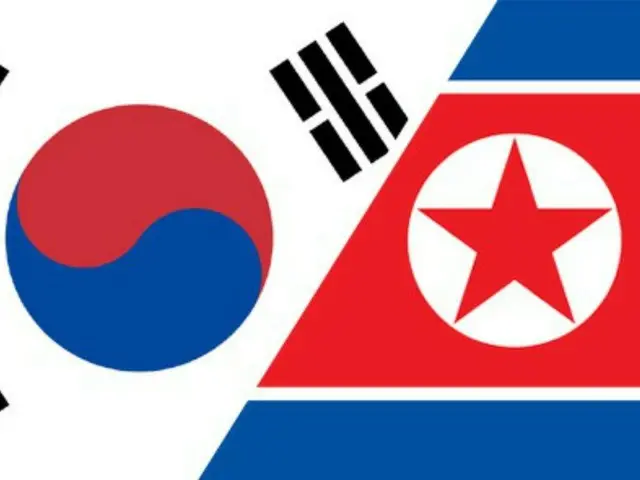On the 26th of this month, North Korea's Vice Minister of National Defense Kim Kang-il released a statement through the Korean Central News Agency, claiming that South Korea is increasingly violating the maritime border with North Korea.
The NLL is a maritime boundary established by the United Nations in August 1953 after the armistice of the Korean War. It is an extension of the military demarcation line on the Korean Peninsula.
Following the armistice, it became necessary to determine the areas of effective control of South and North Korea in order to prevent a resurgence of hostilities, and the UN forces established the Military Demarcation Line on land and the Northern Limit Line on sea between South and North Korea.
The NLL was established as a military demarcation line and notified to North Korea. However, North Korea claims that the NLL is invalid. In 1999, the United States unilaterally established a "Maritime Military Demarcation Line" south of the Northern Limit Line.
Although North Korea now denies the NLL, it has acknowledged its existence for many years. In the 1959 edition of the Korean Central Yearbook, North Korea itself described the NLL as a "military demarcation line."
In addition, the Basic Agreement between North and South Korea issued in February 1992 states in Article 11 that "the inviolable demarcation line and areas between the two Koreas shall be determined in accordance with the provisions of the Military Armistice Agreement of July 27, 1953."
The North Korean government confirmed that the Northern Demarcation Line is the de facto inviolable border between North and South Korea, and that the area that has been under the jurisdiction of both sides up until now is the Military Demarcation Line.
Article 10 of the Non-Aggression Agreement states that “the maritime non-aggression boundary between the South and the North will continue to be discussed in the future,” but adds that “the maritime non-aggression zone will remain an area under the jurisdiction of the two Koreas until the maritime non-aggression boundary is determined.”
The Yellow Sea, where both North and South Korea claim a border, has been the scene of numerous armed clashes between the two Koreas.
The patrol ship Cheonan sank in an explosion believed to have been caused by a North Korean torpedo attack, killing 46 crew members. In November of the same year, the South Korean government shelled Tae Yeon Island in the Yellow Sea, drawing the attention of the South Korean military.
A total of four people, including Koreans and civilians, were killed and 19 were injured. This was the first time that North Korea had directly attacked South Korean territory since the armistice of the Korean War, causing widespread shock.
Then, in January of this year, North Korea shelled waters near Yeonpyeong Island for three consecutive days. No South Koreans were harmed, but the attacks evoked memories of the 2010 incident and raised tensions.
The islanders were temporarily ordered to evacuate. Kim Jung Eun, the general secretary, said at the Supreme People's Assembly in January this year that "the illegal and lawless 'Northern Limit Line' and any other borders will not be allowed."
"We will not tolerate any line of attack, and if the Republic of Korea infringes our territory, airspace, or territorial waters by even 0.001 mm, we will immediately consider it a provocation for war," he warned.
When inspecting the missile launch test of the Padasri-6, Kim once again denied the NLL. He said the NLL has no basis in international law and that South Korea has repeatedly violated it under the pretext of cracking down on fishing boats.
He also said that the "maritime boundary" that North Korea claims as its border will be "fully defended by actual use of force."
"When the enemy violates the maritime border that we recognize, it will be considered an armed provocation," he warned. At this time, Kim Jong Un used the term "border line" for the first time, calling it the "maritime border line."
The expression drew attention as it reflected Kim's change of policy at the end of last year, when he said he considered the North and South to be "two countries." On the 26th of this month, North Korean Vice Minister of Defense Kim Kang-il said in an interview with the Korean Central News Agency (KCNA)
He said that due to the mobile patrols of the South Korean Navy and Coast Guard, "the number of times the enemy has violated our maritime territory is increasing," and that "we cannot stand by and watch as our maritime sovereignty continues to be violated."
"We may use self-defense force on the surface at any moment," he warned. Prior to the speech, a meeting of the Workers' Party of Korea's Politburo was held in North Korea on the 24th, with Kim Jong Un also in attendance.
According to the Deputy Defense Minister, the military's top leadership "instructed at the meeting to take an aggressive response to the enemy's provocative actions against the nation's sovereignty," implying military action near the NLL.
There are concerns that this is the case.
2024/05/29 11:34 KST
Copyrights(C)wowkorea.jp 5

